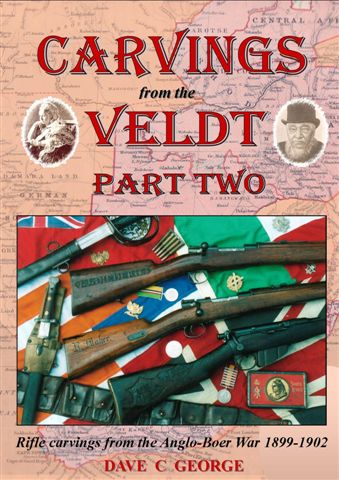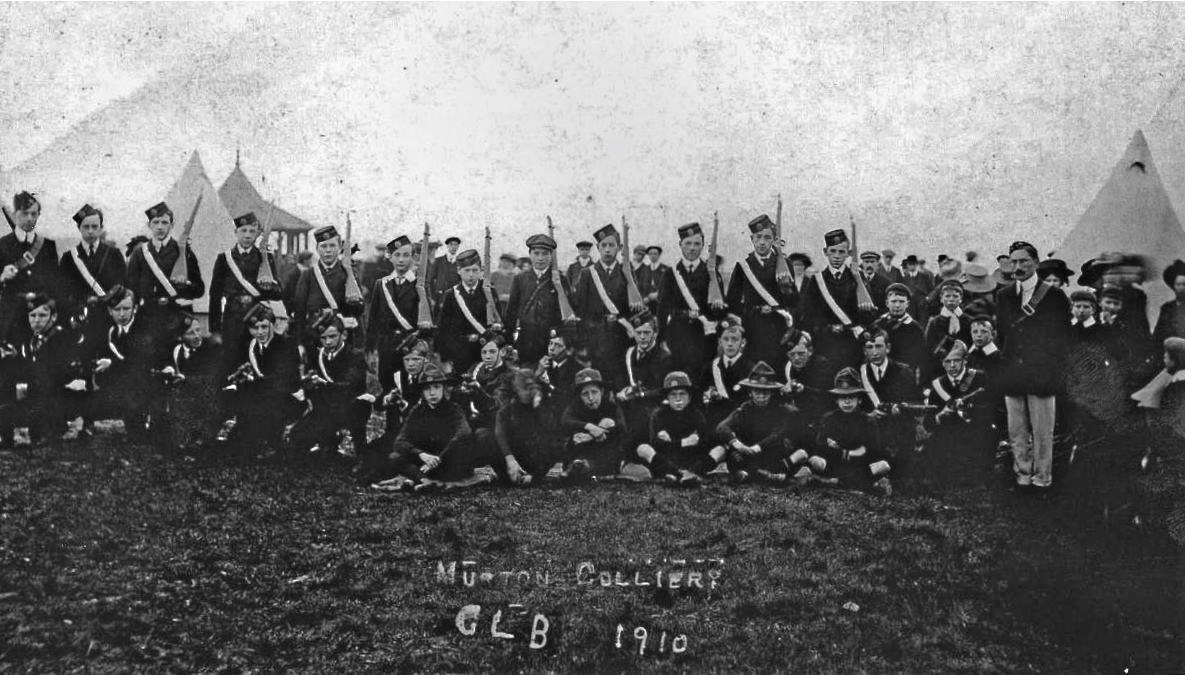|
 Classifieds
Classifieds
 Martini-Henry
Carbines
Martini-Henry
Carbines
 Martini
Infantry Rifles
Martini
Infantry Rifles
 The
Boxer-Henry Cartridge
The
Boxer-Henry Cartridge
 Martini
Markings
Martini
Markings
 Martini
Bayonets
Martini
Bayonets
 Martini Cleaning Rods
Martini Cleaning Rods
 Martini Sling Installation
Martini Sling Installation
 Martini
Related Links
Martini
Related Links
 Martinis
and the Zulu War
Martinis
and the Zulu War
 Martini
Action Diagram
Martini
Action Diagram
 Service
Timeframes
Service
Timeframes
 Credits
Credits
 For
More Info On Martinis...
For
More Info On Martinis...
 Martini
Field-Stripping
Martini
Field-Stripping
 Book
Recommendations
Book
Recommendations
 Readers'
Rifles
Readers'
Rifles
 Martini-Henry
FAQ
Martini-Henry
FAQ
|
ATTENTION READERS:
Effective
immediatly, I am no longer running the website. With other hobbies,
interests, and additional responsibilities at work, I simply no longer
have the time to devote to the site's upkeep and improvement. I want to
thank all of the people I've come into contact with via the site. I've
made quite a few friends since beginning this site over 12 years ago.
One of these friends, Douglas Dickens, will be taking over the domain
and keeping the site up and running. I see this as a proverbial
"passing of the torch", and do this with the hopes that the site will
be around for many more years to come, encouraging and helping the
Martini-Henry enthusiast.
Many thanks, and see you at the range!
Jason Atkin
Overview...
The Martini-Henry Rifle
is a weapon of Empire. Unlike the Snider-Enfield
it replaced, it was England's first service rifle
designed from the ground up as a breechloading metallic
cartridge firearm. It protected and served the British
Empire and her colonies for over 30 years. This robust
weapon utilized a falling block, self-cocking, lever
operated, single-shot action designed by Friedrich
von Martini of
Switzerland. The barrel used the Henry Rifling System, designed by
Alexander Henry. Henry Peabody, an American, was actually the father of
the Martini action. His design utilized an external hammer to strike a
firing pin for cartridge ignition. Mr. Martini's refinement of the
design basically consisted of conversion to an internal coiled spring
activated striker. Martini's improved design flourished and Mr.
Peabody's is nearly forgotten. Later in the British Martini's career,
other rifling patterns such as the Metford System and even a system
devised at Enfield were adopted. It is therefore common to hear these
weapons also referred to as Martini-Enfields or Martini-Metfords. The
first Martini adopted for service in the British Army was the M-H Mark
I, which entered service in June of 1871. There were an additional
three main variations of the Martini-Henry Rifle...the Mark II, III and
IV. There were also sub variations of these that are commonly called
Patterns. In 1877 a Carbine version of the M-H was entered into
service. There are five main variations of the Carbine Model: the M-H
Carbine Mark I (a.k.a. Cavalry Carbine), the M-H Garrison Artillery
Carbine, the M-H Artillery Carbine Mark I, the M-H Artillery Carbine
Mark II, and M-H Artillery Carbine Mark III. Initially, British
Military Martinis used the Short Chamber Boxer-Henry .45 Caliber black
powder cartridge. The original cartridge case was made of a thin sheet
of brass rolled around a mandrel, which was then soldered to an iron
base. These cartridges were assembled by the orphaned children of
British Soldiers, and were relatively cheap to produce. They were found
to be vulnerable to being easily damaged, and produced inferior muzzle
velocities. Later, the rolled brass case was replaced by a solid brass
version which remedied both of these problems. There was also a Carbine
version of the Boxer-Henry .45 Caliber cartridge. This round used a 410
grain bullet with 70 grains of black powder, instead of the 480 grain
bullet and 85 grains of powder used in the infantry rifle load. The
primary reason for the milder load was that the recoil of the rifle
load was very punishing when fired in a carbine, and this was found to
be the cause of many failures in prototype carbines. In an emergency,
either load could be used in either weapon. When the advantages of
small caliber, flatter trajectory, high velocity cartridges became
evident, an experimental Martini in .402 caliber was designed. Known as
the Enfield-Martini Rifle, these rifles offered superior ballistic
performance compared to Martinis in .450 caliber. With the adoption of
the .303 caliber service cartridge however, the British realized it
would be a supply nightmare having to equip units with .450
Martini-Henry, .303, and .402 Enfield-Martini (not to mention pistol
and Gating Gun cartridges as well). Thus, the .402 caliber
Enfield-Martinis (of which thousands had already been built) were
converted to .450 Martini-Henry caliber, and morphed into to what we
know as the "A" and "B" pattern Martini-Henry Mark IV. "C" Pattern
Martini-Henry Mark IV's were original manufacture weapons, not
conversions from the E-M .402.
Smaller, lighter versions
of the Martini-Henry were created to train young military
cadets. These weapons, often referred to as Martini
Cadets, are similar in appearance to Mark IV's, but are
much smaller and lighter. Many also feature August
Francotte's improved action design, whereby the entire
"guts"
of the action can be removed by removing a single pin or
screw. Government
issue Cadets were originally in .297/230 Morris (Short
and Long) and .310 Cadet (a.k.a. .310 Greener). These
cartridges, like the .450 Martini-Henry, have fallen into
obsolescence, and are nearly impossible to find in the
US. Thus, conversion of these rifles to readily available
rimmed cartridge calibers such as .357 Magnum, 32-20 WCF,
218 Bee, and 22 Hornet is very popular. The cadet's
action is extremely strong. According to a 1955 data
circular, the cadet action was tested with proof loads
generating up to 60,000 PSI!!! Alas, the adoption of the
Lee-Metford
Magazine Rifle in
1888 would lead to the phasing out of the single-shot
Martinis. Nonetheless, the Martini survived for many more
years as a Home-Guard and second class weapon of the
British and Colonial Armies. This
is an exploded view of the basic large frame Martini
Action.
For your reading pleasure....

|
![]()







